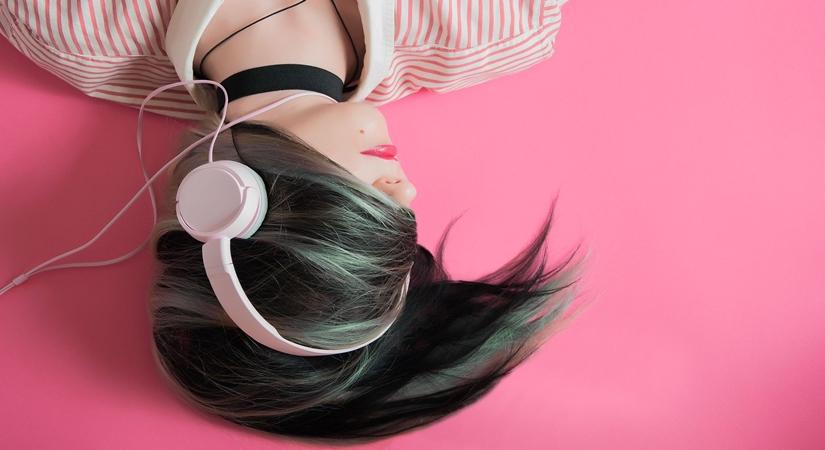Cover Story
Burning in your headphones: Myth or fact?

This burn-in or settling in process is a standard for products that have moving parts during performance
ByPuja Gupta
May 8, 2020 (IANSlife) Like a new car that needs to be run in before you go on long routes, your audiophile-grade headphones also need a similar exercise to ''run them in''.
When a headphone is fresh out of the box, its parts are new and need to adjust into their respective places for delivering optimum performance. That is the basic idea and reason behind the process.
This burn-in or settling in process is a standard for products that have moving parts during performance. This is because the parts that move (like the drivers) need to settle in their positions and need a bit of ‘shaking up’ to move freely and produce their best, informs Raghav Somani, Founder and CEO of Headphone Zone.
Speakers of all kinds require this - from standing tower speakers, bookshelves to even the humble headphones and earphones can be burnt in.
You might even notice that headphones straight out of the pack tend to sound sharp and smoothen out as time goes. This is because, over time, constant usage makes the moving parts settle in firmly. Hence, it is advisable to break in a headphone right out of the box for a good listen, adds Somani.
This process of 'breaking in' the speaker is known as "Burn-in". This is advisable but not necessarily mandatory.
How to go about it?
Somani notes: “It generally involves playing audio (usually static or pink noise, if you're being very particular) through new headphones for a number of hours or days at a stretch in order to break them in and bring about the best sound from the headphones.”
He adds: “But the time required to break in tends to be a very relative choice. This is mainly because one's favourite kind of sound output is highly relative. This is where the lines divide.”
How to burn in headphones?
Simply connect your headphones to an audio source. You can even find burning in videos on YouTube these days. Once connected, let the music play and let the headphones be, he says.
“It is advisable to not wear the headphones while playing static or pink noise on it, unless you’re heel-bent on going completely crazy,” he advises.
How many hours should you burn-in headphones?
This is where it gets tricky because everyone has their own choices. As such, there is no definite or golden number for burning in. This is something you’ll have to try to find out for yourself. Reading reviews about your particular model online is definitely useful to figure out the number of hours needed or whether it needs burning in, he says.
“Whatever be the number, one surefire way to properly burn your headphones is make sure you play songs that push all the frequencies of audio that is bass, mids, and highs. Ultimately, even with a general 10 hours of burning in, you may be able to see a difference. You can continue experimenting by periodically expanding the number of hours and checking for improvements.”
How does burn-in change the way your headphone speakers sound?
Somani answers: “Your headphone, straight out of the box has moving parts in it. Even in tiny IEMs, there are minuscule precision drivers present. For music to be reciprocated in the headphones and then to reach your ears, air molecules need to be vibrated at very particular frequencies. That is what the driver in the headphone does. It is housed in a highly precise structure that aids the driver’s movements.
However, since it is new, it’ll need to be run-in a bit so that it reaches the optimal movement required for a good audio output. This is exactly why headphones that are burned sound smoother.”
(This article is website exclusive and cannot be reproduced without the permission of IANSlife)
Puja Gupta can be contacted at puja.g@ians.in


